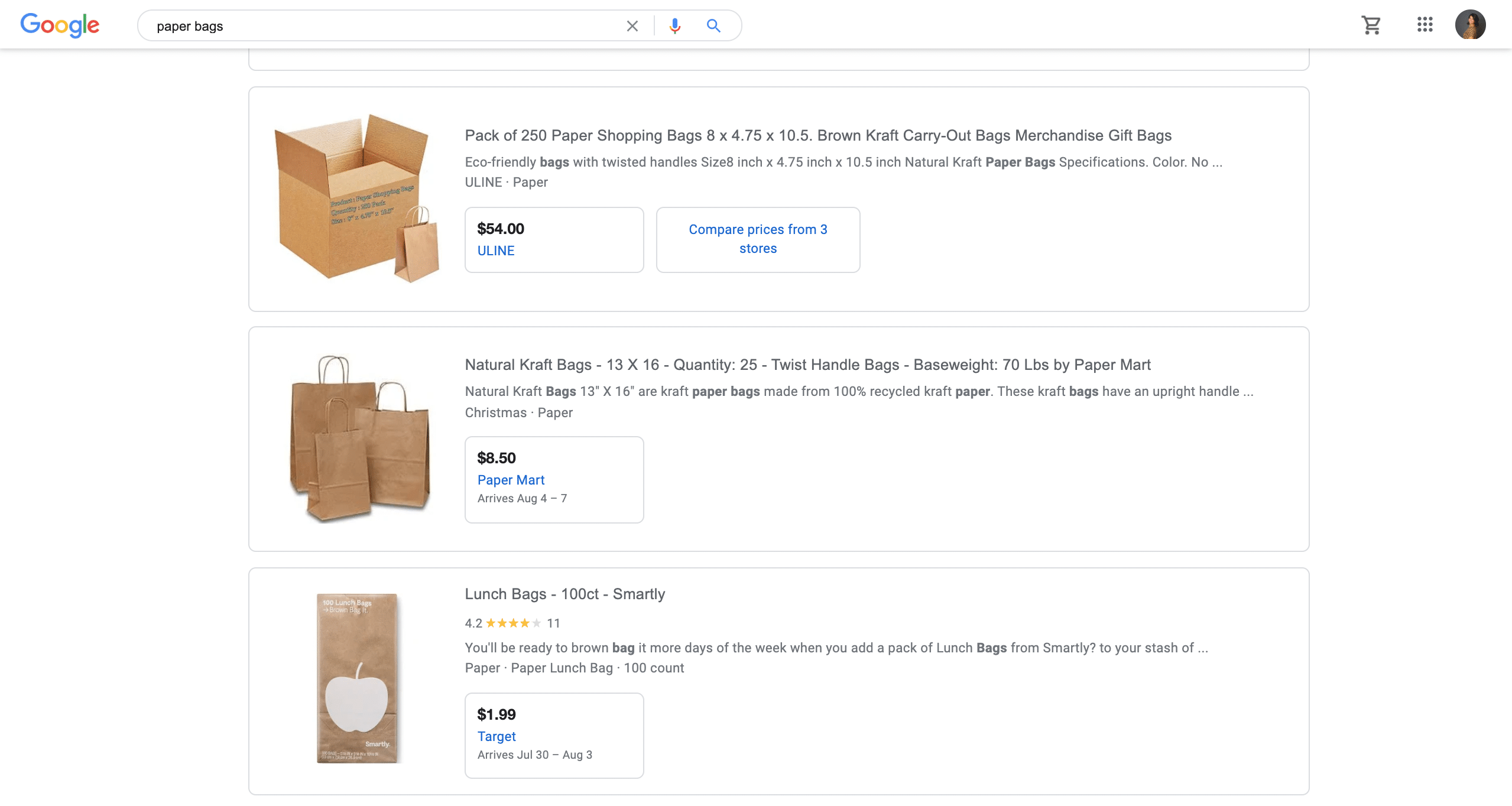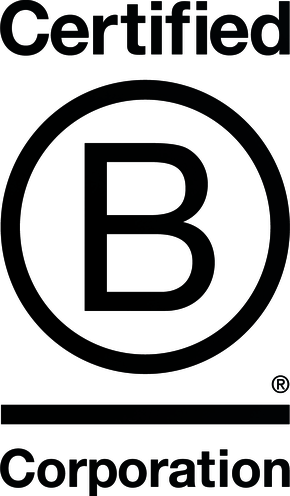In a significant shift due to the global Coronavirus pandemic, Google has now opened its shopping results to unpaid, organic listings. In their end of April announcement, Bill Ready, President of Google’s e-commerce Division, states that “the Google Shopping tab will consist primarily of free listings, helping merchants better connect with consumers”.
While the language directly from Google indicates that the intent behind the new offering is to appeal to both struggling retailers and consumers that are increasingly shopping online, this move will accomplish a number of additional objectives for the ever-growing business.
Many voices online note that this move will strengthen Google’s offering as it positions itself against Amazon. Amazon has continued to chip away at Google’s search ad dominance. Last year eMarketer forecasted that Amazon’s paid search market share in the US will increase from 12.9% in 2019 to 15.9% in 2021, while Google was predicted to lose those 3 percentage points over the same period dropping from 73.1% in 2019 to 70.5% in 2021.
Another potential initiative of this major move is Google’s desire to please European regulatory commissions that continue to crack down on tech giants in a series of ongoing anti-trust investigations. The European Commission, the EU’s powerful anti-trust regulator, does not wish to stifle innovation, but rather is aiming to curtail companies from distorting the market with anti-competitive practices.
Whatever Google’s motivation, online retailers will want to ensure prominent visibility in the new organic shopping search results.
How do I get started?
Existing users of Merchant Center and shopping ads can get started with the new organic listings immediately. Those who are new users to the Merchant Center will need to set up an account and can opt-in to shopping placements via “surfaces across Google” within their Merchant Center (or at sign-up) to begin creating their product feed and be eligible for organic visibility. Some e-commerce platforms, such as Shopify, are partnering with Google and already have a product feed automatically created. For additional notes, check out this updated Google Merchant Center help article.
How do I optimize my e-commerce site for Google’s update?
Google has shared a few concrete updates as to the ranking factors of the organic shopping listings; however, based on our decades of experience optimizing websites for Google’s SERP, we are confident in our recommendations.
- Update your e-commerce store product listings: The Google Shopping tab is populated with listing data from an xml feed. This means that it is essential to update your product listings on site. Filling out as much data as possible, including reviews, high-resolution images, as well as, accurate pricing and inventory for each of your products is an essential first step. Google partners with many major e-commerce platforms including WooCommerce, Big Commerce, and Shopify, making it much easier for businesses to manage their inventory and products. Check out this quick video tutorial on how to set up a new Google Merchant Account and product data feed from within Shopify.
- Add a Google shopping category: It is highly recommended to add a Google Shopping Category for each of your products. For guidelines as well as examples, see Google’s own help center article on the subject here. Pro tip: There are also some additional Google Shopping fields you can edit which apply to some e-commerce businesses.
- SEO product title & description: If your e-commerce site has thousands of products it is normally not viable for a business to manually optimize every title and description. We recommend setting up templates in your CMS. For example, one such solution for a retailer like Ikea might be a template that looks like the following: [Product Name] – [Product Title] | Your Website Name or RAST – 3 Drawer Chest | IKEA.
- Link building & site authority: External hyperlinks, or backlinks, have been confirmed by Google as one of the top three most important ranking factors for SEO. Acquiring links to your Category and Product pages can lead to more authority, sales, and return customers.
Our Take
While there are some clear wins for both retailers and customers alike, there is still a long road ahead for Google. Here are some of our likes and dislikes of Google’s updated Shopping tab:
Likes
- Expanded reach for store owners of all sizes
- Online shoppers pushed to purchase directly from online retailers (no middleman taking a cut here!)
- Direct purchases from retailers means that consumers won’t face distribution bottlenecks (note: Amazon during COVID-19)
- Google’s new Paypal partnership
Dislikes
- Google’s verification process (Can anyone say “policy violation”?)
- User experience is still beta – definitely not on par with other shopping aggregators
- Checkout is still an individual site experience – great for retailers, but potentially cumbersome for consumers
NextLeft’s Client Examples
As an SEO and Content Marketing Agency, NextLeft has a number of SMB to large e-commerce clients, from the likes of Hallmark to one-product wonders like Swing Align. While the majority of our e-comm clients are still working on setting up their feeds and optimizing their products for Google, some are already showing up in the organic listings.
Paper Mart
Paper Mart is a family-owned and operated business specializing in wholesale packaging and gift wrap supplies. Our launch with the company started with a challenging site migration in Spring 2019 and in that time frame we’ve helped their average keyword ranking in Google’s search engine results page climb over 20%.
Searching for paper bags in Google will result in Paper Mart showing up as the 4th search result on page one and as the 16th result in the organic product list on the Google Shopping tab.

Final thoughts
Online retailers will want to ensure prominent visibility in the newly organic shopping search results, as it will open them to the millions of shoppers starting their search in Google. While the ranking factors for the new product listings are still largely unconfirmed, stores can turn to SEO best practices as a solid place to start.
We’re here to help. Feel free to contact us or comment below if you have additional questions about this large e-commerce SEO update in Google Shopping or any additional SEO and content marketing support.
About NextLeft
NextLeft is an SEO and content marketing agency based in San Diego and Chicago. Our mission is to make in-house marketing teams superheroes. Every member of our team is dedicated to delivering proactive service with proven world-class results for mid-market, enterprise e-commerce, B2B, and B2C clients.




